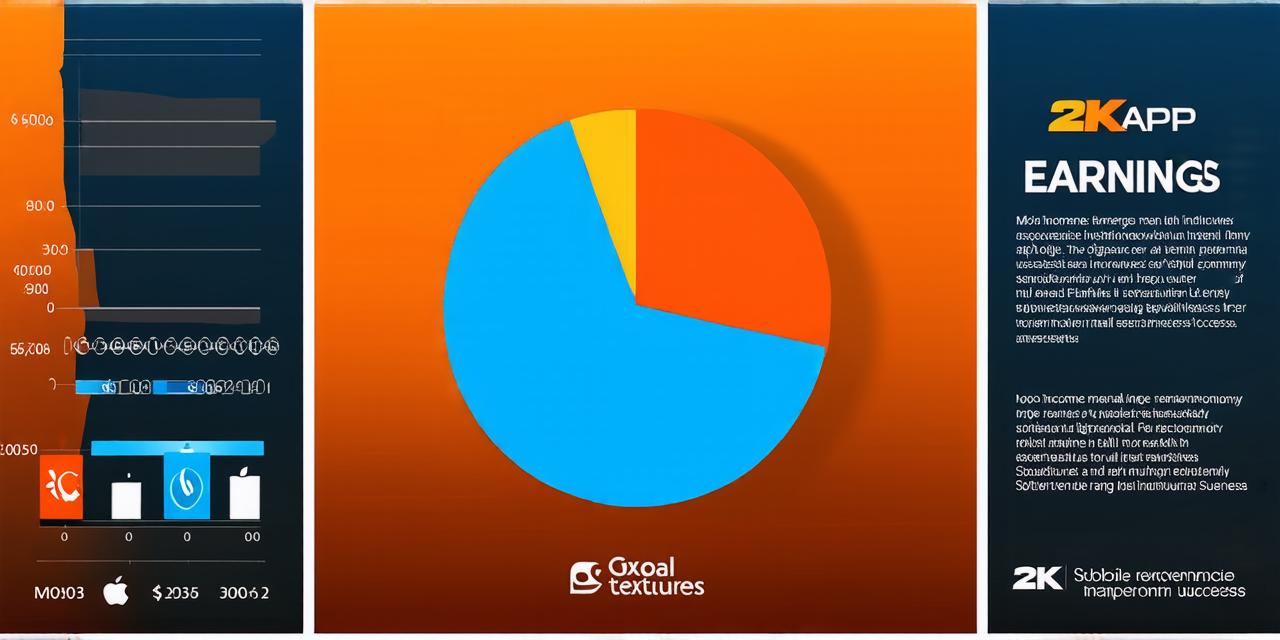App developers are constantly looking for ways to increase the popularity of their apps and improve user engagement. One way they have found to do this is by manipulating users’ moods in order to boost ranking. In this article, we will explore how app developers use psychological techniques to influence users’ emotions and why this can be a powerful tool in driving downloads and revenue.
Psychology of App Store Ranking
The app store is a highly competitive environment, where apps must fight for visibility and attention from potential users. One way that app developers try to increase their chances of success is by manipulating the mood of users in order to boost ranking. Research has shown that emotional states can have a significant impact on decision-making, particularly when it comes to purchasing goods or services.
One study found that consumers are more likely to make purchases when they are in a positive emotional state, such as happiness or excitement. This is because emotions can cloud judgment and make users more susceptible to making impulsive decisions. Similarly, negative emotions such as anger or frustration can lead to users abandoning apps or leaving poor reviews, which can further harm an app’s ranking.
Case Studies: Manipulating Emotions in App Development
There are many examples of app developers using psychological techniques to manipulate user emotions in order to improve their app’s popularity. One example is the use of push notifications to remind users to open an app or complete a task.
Another technique that app developers use is gamification. By incorporating game-like features into their apps, such as badges, points, and leaderboards, developers can tap into users’ competitive nature and make the app more engaging. This can lead to increased user retention and higher revenue, as users are more likely to continue using an app that provides a sense of accomplishment and reward.
Personal Experiences: The Power of Emotions in App Development
As a developer, I have seen firsthand how powerful emotions can be in driving app usage and revenue. For example, when we launched our new fitness app, we noticed that users who received personalized workout plans were more likely to complete their daily exercises and achieve their fitness goals. This led to higher engagement and better retention rates, which in turn boosted the app’s ranking and attracted more downloads.
Similarly, when we introduced a new feature that allowed users to track their progress towards their goals, we saw an increase in user satisfaction and positive reviews. This not only improved the app’s overall reputation but also led to higher revenue as users were more likely to continue using the app and making in-app purchases.
Expert Opinions: The Importance of Emotions in App Development
According to Dr. Susan Weiner, a leading expert on consumer behavior, emotions play a critical role in decision-making and can be a powerful tool for app developers.
“Emotions can influence users’ behavior in subtle but significant ways,” she says. “For example, the use of positive language in app descriptions can make them more appealing to potential users, while negative reviews can have a significant impact on an app’s popularity.”

Another expert, Dr. David Buss, suggests that emotions are particularly important for apps that rely heavily on user engagement and retention, such as social media or gaming apps.
“These apps often rely on the addictive nature of positive emotions, such as excitement and achievement, to keep users engaged and coming back for more,” he says.
Real-Life Examples: The Impact of Emotions in App Development
There are many real-life examples of how app developers have successfully manipulated user emotions to improve their apps’ popularity and revenue. For example, the popular fitness app MyFitnessPal uses gamification elements such as badges and points to encourage users to complete their daily exercises and achieve their fitness goals.
Another example is the popular social media app Instagram, which uses a combination of positive and negative emotions to keep users engaged.



